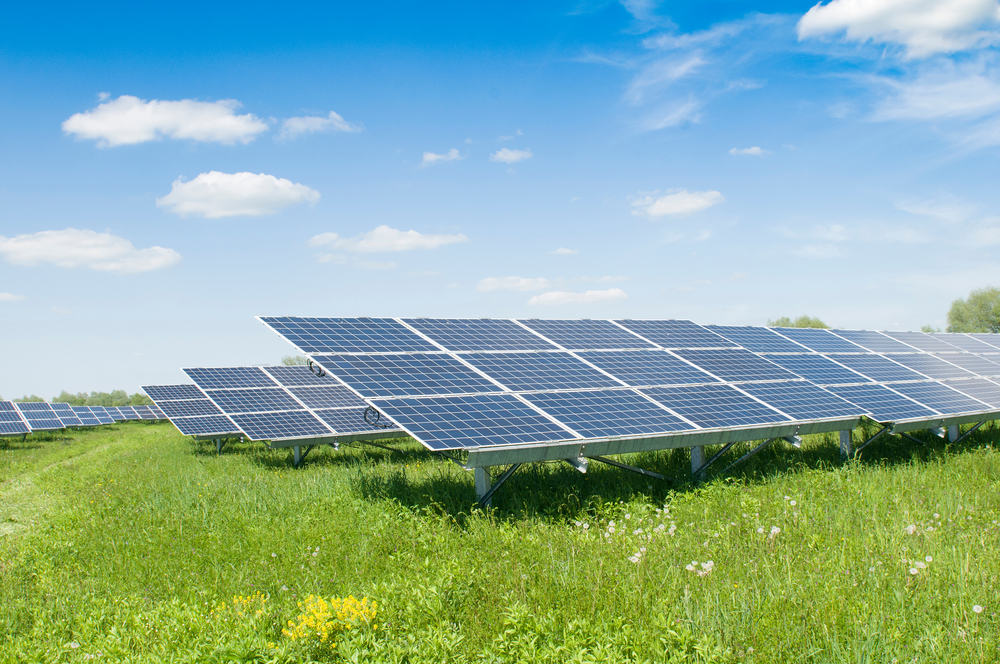Most nonprofits deal with high electric bills every month. This affects their budget significantly, which is already tight. These organizations often depend on grants and donations to run. As such, cost saving is at the top of their list. One way they can achieve this is by installing renewable energy. It saves money and helps them focus on their mission of helping the community. Partnering with companies like Simple Solar can help organizations focus on their mission. Want to know how? Keep reading this guide for solar for nonprofits.
How Can Nonprofits Benefit from Solar Energy?
Some advantages of switching to solar energy as a nonprofit include the following:
Less Money Spent on Energy Means More Money Spent on the Mission
The goal of all nonprofits is to help the community. And to achieve that mission, they will need electricity to run operations. Depending on the organization’s size, you’ll find that electricity costs are a huge part of your utility bill. When you factor in the rising electricity rates, it means more money flying out of the door.
Solar energy reduces your monthly electricity costs. Once you pay the initial investment, you will have free electricity for decades. Aside from the regular maintenance and repair cost, which is quite affordable, you no longer have to worry about electricity costs.
In addition, a quality solar energy system can last up to 30 years, which ensures you get a return on your investment. This makes solar panels for nonprofit organizations a great idea. And now more than ever, solar ownership has become easier thanks to tax credit opportunities, solar leases, and Power Purchase Agreements (PPAs).
Gets You Noticed in the Community
Solar energy means you’re doing something good for the environment. This gives you a good name in your community. Even when you’re mobilizing donors, you can motivate them to write you a check because you’re doing something good for the environment. It doesn’t matter whether your organization’s mission is to preserve the environment. As long as you’re helping your community while protecting the environment while at it, more people will be willing to put some money behind you.
Environmental Benefits
Most nonprofits are committed to green energy, and solar installation is one way to achieve that. Using solar energy reduces your organization’s carbon footprint. Considering that now you’ll be using renewable energy, you’ll reduce your dependence on fossil fuel energy.
Blackout Protection
Solar battery storage ensures you have a reliable backup source of power. Even during blackouts, you’ll still keep the operations running.
Ways to Pay and Own a Solar System
There are two major ways to own a solar system as a nonprofit. Let’s take a look at them.
Direct or Primary Ownership
This type of ownership means a nonprofit buys its own system. Here, you pay the upfront cost of the solar system, whether through loans or out-of-pocket cash. This type of ownership makes sense if you can raise funds to cover the expenses associated with solar system ownership.
Direct ownership for nonprofits wasn’t an option in the past because these organizations didn’t have a tax liability. That means they couldn’t qualify for the 30% federal solar tax credit. Therefore, going solar as a nonprofit was very challenging. That’s not the case anymore, thanks to the Inflation Reduction Act. Today, eligible nonprofits can receive a tax credit of 30% of the total solar installation cost despite not paying taxes. Eligible organizations include:
- Religious organizations
- Charities and nonprofits
- Government organizations and building
- Public schools
Therefore, while PPAs and leases were the only options available today, another allows for direct ownership. It’s important to note that direct ownership comes with the responsibility of repairs and maintenance, although the cost is often minimal.
Third-Party Ownership
Under this form of ownership, a separate entity owns the solar system. This can be a community investor or solar developer. Instead of the nonprofit owning the system, the investor does and sells the electricity to the nonprofit. The organization won’t pay its utility bill to the usual electricity provider but to the system’s owner, the third-party investor.
Most nonprofits choose this alternative because they lack the upfront cost to own and operate a solar system. The electricity cost is often less than regular electricity because investors can take advantage of the tax incentives. Plus, some investors offer you electricity at a fixed price, protecting you from the rising cost of electricity.
You will also need to sign a contract to agree to pay for the electricity for the specific duration you use the solar system. Unlike direct ownership, the investor or third-party owner will oversee repair and maintenance. That means they’ll have access to your property at all times.
A Few Considerations for the Direct Pay Option
While nonprofits are eligible for the federal tax credit, the amount they pay will depend on several factors. Up to 2032, all solar systems installed by nonprofits will receive a 30% tax credit. It then reduces to 26% and 22% in 2033 and 2034, respectively.
The Investment Tax Credit (ITC) includes six different bonus credits that nonprofits can apply for based on where the installation project is happening. Currently, a nonprofit can only apply for one credit in the program referred to as Low-Income Communities Bonus Credit. The bonus credits included in this program are the following:
- 20% bonus for qualified low-income economic benefit projects
- 10% bonus for projects on tribal land
- 10% bonus for projects in low-income communities
- 20% bonus for qualified low-income residential building projects
That means you can get a 10% or 20% bonus credit based on your eligibility.
Install a Solar System in Your Nonprofit
Do you run a nonprofit and want to install a solar system in the organization to cut down the cost of energy? Simple Solar can help. Now that you know how solar for nonprofits works, allow us to come and install this renewable energy in your organization.





